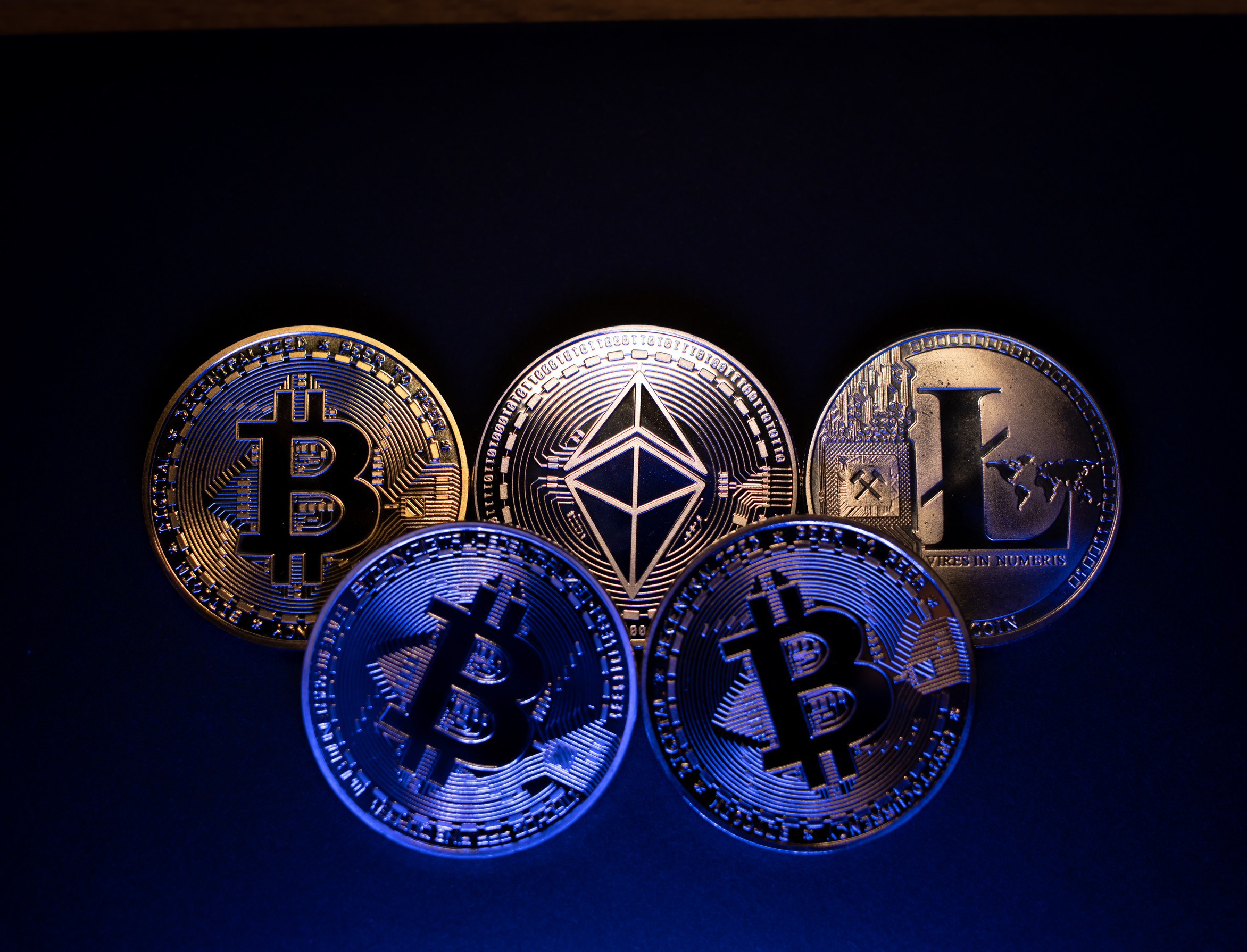Delving into the cryptocurrency market, one cannot help but notice the buzz around various digital currencies and their fluctuating values. Within this intriguing world, understanding the factors that influence sol price becomes essential for seasoned traders and newcomers alike.

Price movements can intrigue amateur enthusiasts and can often sway the strategic decisions of seasoned investors. So, what exactly moves the needle on sol price in today’s market?
Factors influencing sol price in the current market
Various elements come into play when it comes to the changing value of any cryptocurrency. Market sentiment, technological advancements and world events can all cause prices to soar or plummet. For instance, a positive news story about blockchain technology might see prices climbing; conversely, a significant security breach might cause nervousness amongst investors, pushing the prices downwards. The key here is the market’s perception, as much as the underlying fundamentals of the currency itself.
The role of supply and demand in altcoin valuations
The classic economic principle of supply and demand also holds significant sway in crypto valuations. A coin like sol, with a finite supply, can experience price surges when a spike in demand hits the market. If a new dApp or partnership increases the utility of the sol token, more people might want to buy it, hence driving up the demand and consequently its price. On the other hand, if large quantities of sol hit the market at once, perhaps from early investors ‘cashing out’, you might see a temporary dip in price.
Comparison with other cryptocurrencies on major trading platforms
It’s not just about looking at sol in isolation. Crypto markets are closely linked; the fortunes of one coin can affect another. If a prominent platform announces support for a new token, this can affect the sol price as traders shift their assets. Likewise, when major players in the market encounter obstacles or milestones, this can send waves across the board, shifting the relative value of sol against other digital currencies.
The balancing act of centralized and decentralized platforms in the crypto world
In the digital currency landscape, there’s an ongoing debate about the merits of centralized versus decentralized platforms. Each offers a different user experience, with potential implications for sol price. Centralized platforms often provide more user-friendly interfaces and customer support but might be seen as less secure due to the higher chance of hacking. On the other hand, decentralized platforms appeal to those valuing anonymity and security, even if they come with a steeper learning curve.
Ensuring safety in cryptocurrency transactions: A look at exchange security
The safety measures implemented by exchanges are crucial not only for the protection of investments but also for stabilizing sol prices. A secure platform instills confidence in traders, contributing to a stable trading environment. Cybersecurity advancements are paramount, aiming to outpace malicious attacks that can undermine market integrity. The aftermath of a hacking incident, however, can ripple through the market, affecting prices as trust wavers. Here, the user also plays a pivotal role – a secure password and the use of multi-factor authentication can mean the difference between secure assets and a compromised account.
The ripple effect of large exchanges on blockchain adoption and innovation
Being among the largest exchange platforms means having the power to influence blockchain adoption. These platforms connect traditional financial markets with the emerging crypto space, paving the way for more widespread acceptance. The exchange’s stature also positions it to potentially drive innovation within the blockchain ecosystem. When they integrate new features or support emerging technologies, it can ignite interest and, in turn, foster an increase in sol price due to heightened attention and investment.
Navigating market liquidity and investment strategies on prominent trading platforms
Understanding market liquidity and its influence is essential for any crypto trader. Highly liquid markets enable easier transactions without a significant price change, offering stability to the trading process. This encourages investment as traders can enter and exit positions with minimal impact on sol price. Platforms boasting high liquidity rates are seen as lucrative grounds for implementing diverse trading strategies. However, engaging in these markets with an informed perspective on risk management can be the fine line between profit and loss.
Whether you’re intrigued by the fast-paced dynamics of trading sol or more broadly interested in the crypto market’s movements, there’s no denying the importance of keeping abreast with the factors that mold the landscape. The quest to demystify the complexities of cryptocurrency continues and understanding these nuances is a pivotal part of the modern financial narrative.















